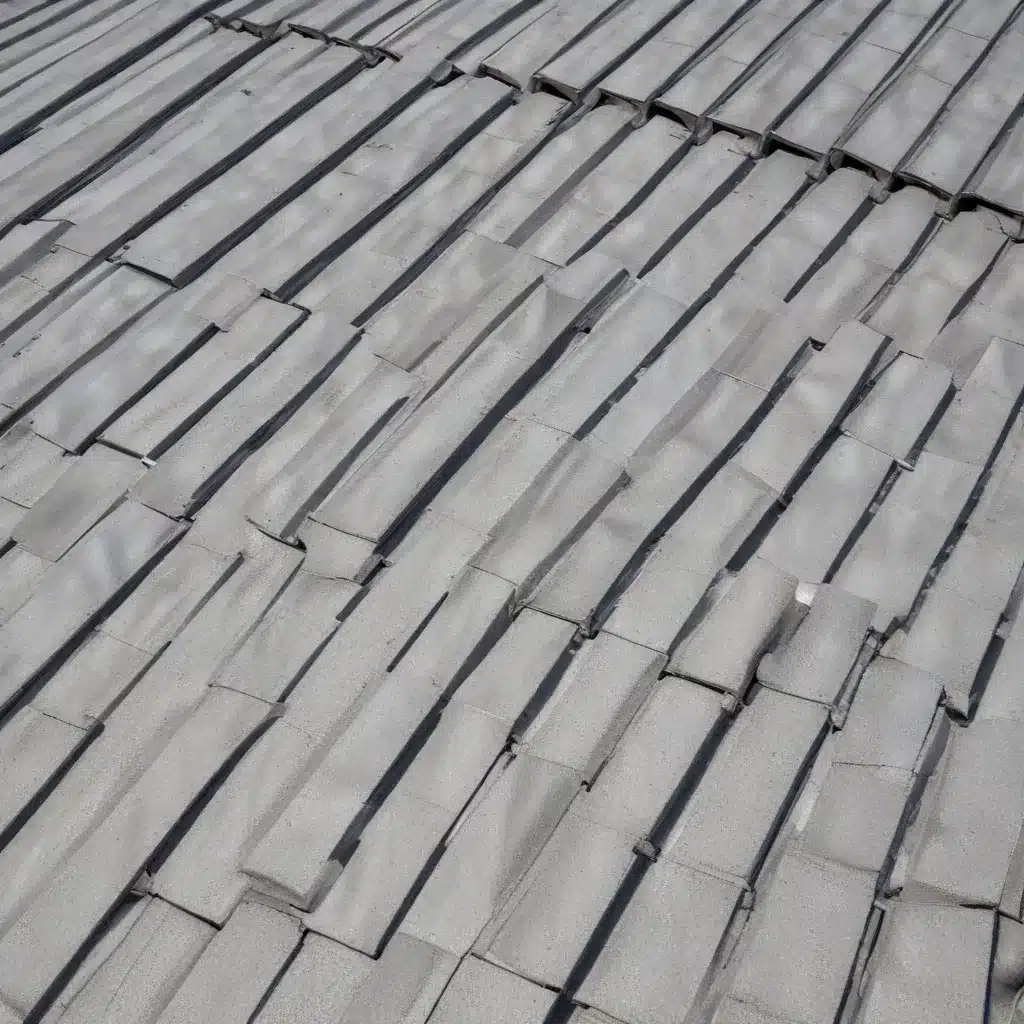
The Rise of Roof-Integrated Evaporative Cooling
As the world grapples with the intensifying effects of climate change, the demand for energy-efficient and sustainable cooling solutions has never been more pressing. Amidst this landscape, the advancements in roof-integrated evaporative cooling systems have emerged as a game-changing technology, offering a promising path to enhance indoor comfort while significantly reducing energy consumption.
Evaporative cooling systems leverage the natural process of evaporation to lower the temperature of the air, providing a natural and efficient alternative to traditional air conditioning. By integrating these systems directly into the roof structure, roofing professionals can now deliver a comprehensive solution that seamlessly blends energy-saving features with the overall building design.
Understanding the Principles of Roof-Integrated Evaporative Cooling
At the heart of roof-integrated evaporative cooling systems is the principle of harnessing the power of evaporation. These systems work by drawing in hot, dry outside air and passing it over a water-soaked pad or surface. As the air travels through the damp medium, the heat energy is absorbed, causing the water to evaporate and the air temperature to drop. The cooled air is then circulated into the building’s interior, providing a refreshing and comfortable environment.
One of the key advantages of this approach is its energy efficiency. Compared to conventional air conditioning systems, which rely on energy-intensive mechanical processes, roof-integrated evaporative cooling systems require significantly less power to operate, often reducing energy consumption by 20-50%.
The Evolution of Roof-Integrated Evaporative Cooling Systems
Over the years, roof-integrated evaporative cooling systems have undergone a remarkable evolution, driven by advancements in materials, design, and integration with other building systems. Here are some of the notable developments:
Improved Evaporative Pads and Cooling Media
The evaporative pads or media used in these systems have become more efficient and durable. Researchers have experimented with various materials, such as cellulose, synthetic fibers, and even materials derived from agricultural waste, to create pads that optimize the evaporation process while maintaining structural integrity.
Enhanced Water Management and Recirculation
Sophisticated water management systems have been integrated into roof-integrated evaporative cooling designs, allowing for the efficient recirculation and reuse of water. This not only reduces water consumption but also minimizes maintenance requirements.
Integration with Passive Cooling Strategies
Roof-integrated evaporative cooling systems are now being combined with other passive cooling strategies, such as radiant barriers, reflective roofing materials, and ventilation systems. This holistic approach maximizes the overall energy-saving potential and improves indoor comfort.
Automated Controls and Sensors
The integration of advanced controls and sensors has enabled roof-integrated evaporative cooling systems to adapt to changing environmental conditions and occupant needs dynamically. This intelligent automation ensures optimal performance and energy efficiency.
Modular and Scalable Designs
Newer roof-integrated evaporative cooling systems are designed with modular and scalable architectures, allowing for easier installation, customization, and retrofitting to suit a wide range of building types and sizes.
The Benefits of Roof-Integrated Evaporative Cooling
The adoption of roof-integrated evaporative cooling systems has brought about a multitude of benefits for building owners, occupants, and the environment. Let’s explore some of the key advantages:
Improved Indoor Comfort
By effectively lowering the indoor temperature and enhancing air circulation, roof-integrated evaporative cooling systems create a more comfortable and enjoyable living or working environment. This can lead to increased productivity, better health, and enhanced overall well-being for occupants.
Substantial Energy Savings
The energy-efficient nature of these systems can result in significant reductions in energy consumption, often in the range of 20-50% compared to traditional air conditioning. This translates to lower utility bills and a smaller carbon footprint for the building.
Eco-Friendly and Sustainable Operation
Roof-integrated evaporative cooling systems rely on the natural process of evaporation, which is inherently more environmentally friendly than energy-intensive mechanical cooling methods. They also eliminate the need for harmful refrigerants, contributing to a more sustainable and climate-conscious building design.
Versatility and Adaptability
These systems can be tailored to suit a wide range of building types, from residential homes to commercial and industrial facilities. Their modular and scalable nature allows for seamless integration with existing or new construction, making them a versatile solution for various project requirements.
Reduced Maintenance and Operational Costs
Compared to traditional HVAC systems, roof-integrated evaporative cooling systems generally require less maintenance and have lower operational costs. This can translate to significant long-term savings for building owners and managers.
Considerations and Limitations
While the benefits of roof-integrated evaporative cooling systems are compelling, it’s important to note that their effectiveness can be influenced by specific climatic conditions and building characteristics. In hot and dry climates, these systems excel, as the evaporation process is highly efficient. However, in humid environments, their cooling capacity may be reduced, and additional dehumidification measures may be necessary.
Additionally, the initial installation cost of roof-integrated evaporative cooling systems can be slightly higher than traditional HVAC systems, although the long-term energy savings often outweigh the upfront investment.
Conclusion: The Future of Roof-Integrated Evaporative Cooling
As the demand for energy-efficient and sustainable cooling solutions continues to grow, the advancements in roof-integrated evaporative cooling systems have positioned them as a highly promising technology. By seamlessly integrating these systems into the building’s roofing structure, roofing professionals can now offer a comprehensive solution that not only enhances indoor comfort but also significantly reduces energy consumption and environmental impact.
With ongoing research, innovative design, and increased adoption, roof-integrated evaporative cooling systems are poised to play a pivotal role in the transition towards a more sustainable built environment. As a seasoned roofing professional, I encourage you to explore the possibilities of this transformative technology and consider how it can benefit your clients and contribute to a more energy-efficient future.
To learn more about the latest advancements and explore the potential of roof-integrated evaporative cooling systems, I invite you to visit Roofers in Northampton. Our team of experts is dedicated to providing cutting-edge solutions and practical guidance to help you stay ahead of the curve in the ever-evolving world of roofing.

